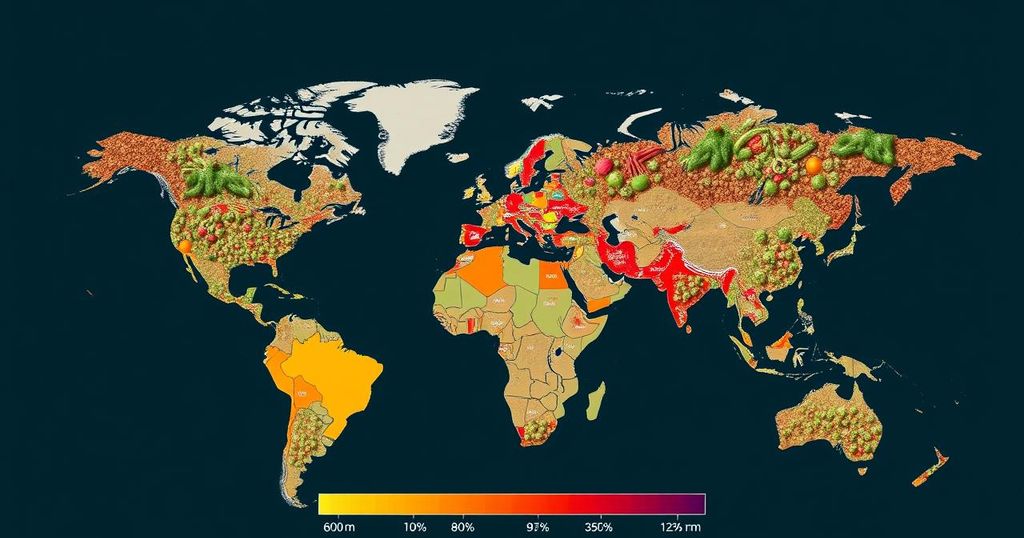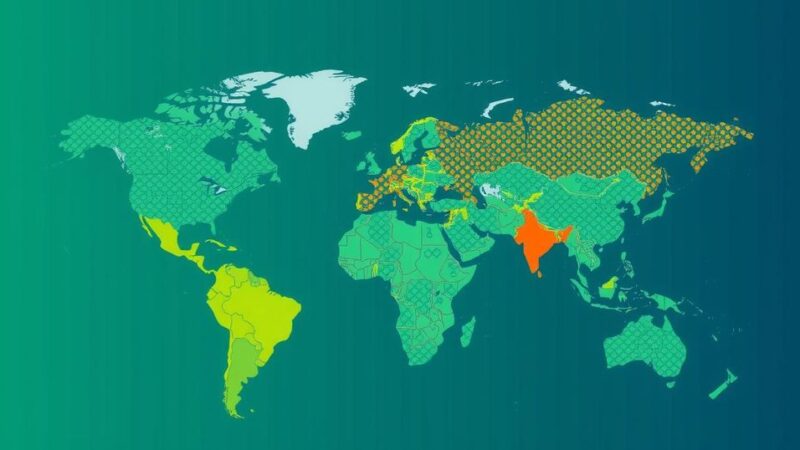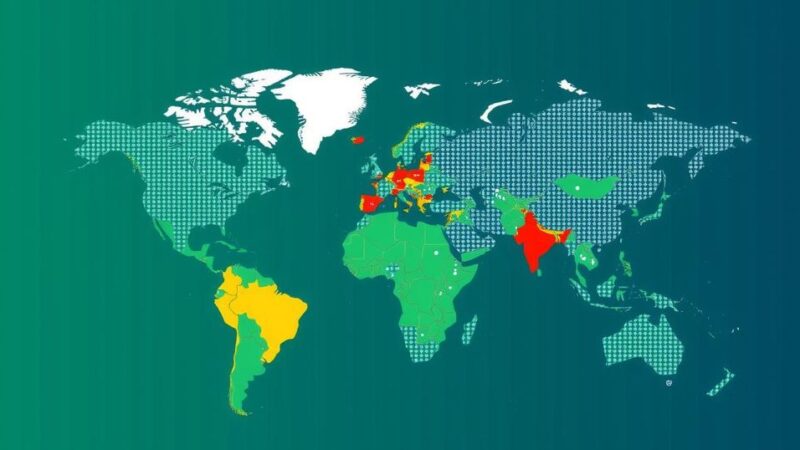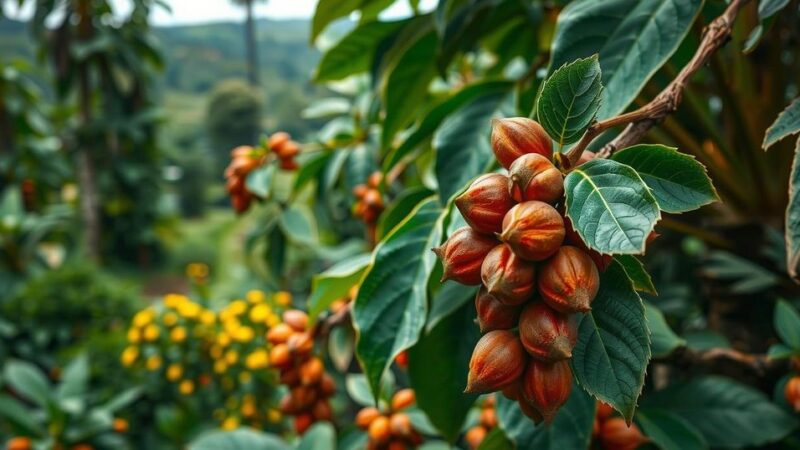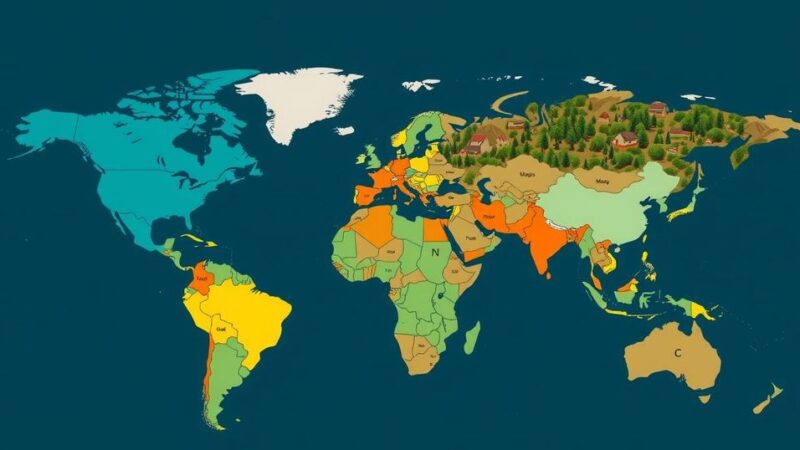The global food price index has reached its highest level yet, influenced by climate change, geopolitical tensions, and the COVID-19 pandemic. Prices for essential goods, such as grains and coffee, have seen steep increases due to extreme weather and international conflicts, particularly the Russian invasion of Ukraine. Despite high prices, food manufacturers report record profits, indicating complex dynamics at play in the food industry.
The global food price index has reached unprecedented levels, with significant factors including severe climate changes and geopolitical turmoil. The index escalated from 93.4 points in September 2019 to a peak of 160.2 in March 2022, before declining to 124.4 points as of last September—still a decade high. This index evaluates the price movements of essential food products including vegetable oils, grains, sugar, meat, and dairy. Key drivers of these surges are attributed to the impact of extreme weather events and geopolitical unrest. Recent attacks in the Red Sea by Houthi forces have led to increased shipping challenges, which compound existing issues stemming from the Russian invasion of Ukraine. This conflict notably impacted grain and oil prices, contributing to the current elevated food prices. Historically, record food prices were previously witnessed in 1974 and 1975 following the oil crisis of 1973, yet present prices, when adjusted for inflation, are at the highest on record, with significant disruptions to the production of staples such as wheat and olive oil due to climate-related events. For example, wheat prices have increased by 12% since 2019, while coffee prices have risen by a staggering 301%, reaching approximately $2.70 per pound. The cocoa market has also seen prices skyrocket to around $7,000 per ton, primarily due to a drought in West Africa, which is a major producer of cocoa beans. Additionally, the onset of the COVID-19 pandemic created volatility in the food market, as lockdowns increased demand while production was hampered by safety regulations. Although certain pressures have eased, the effects of the war in Ukraine continue to strain the food supply chain, particularly in Europe where food inflation peaked at 19.2% in March 2023. In the United States, food prices have surged by 28% since September 2019 due largely to increased operational costs and supply chain challenges, alongside maintainable profitability levels among food companies. For instance, beef prices reached record levels earlier this year but remain elevated primarily due to drought conditions impacting feed supplies and high interest rates affecting cattle ranching. In contrast to rising consumer prices, food and beverage manufacturers in the U.S. reported record profits, with revenue growth surpassing expenses by 6% in 2021 and increasing to 7% by 2023.
Food prices are under immense pressure globally, exacerbated by the dual influences of climate change and escalating geopolitical conflicts. The United Nations has meticulously tracked food prices since 1961, revealing a history of volatility correlated to both environmental and political factors. Notably, the surge in the global food price index is a culmination of various stresses, including the long-lasting impacts of the COVID-19 pandemic and ongoing conflicts such as the Russian invasion of Ukraine, highlighting the fragile interconnection of food supply chains and global stability.
In summary, the surge in global food prices to record highs is deeply intertwined with the impacts of climate change, geopolitical instability, and pandemic-related disruptions. This multifaceted crisis not only affects the availability and cost of basic food items but also reflects broader economic trends influencing profitability in the food sector. The prevailing conditions necessitate a robust response to ensure food security and mitigate further increases in food prices.
Original Source: www.calcalistech.com
